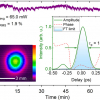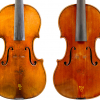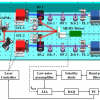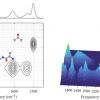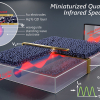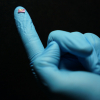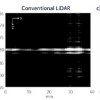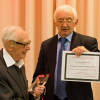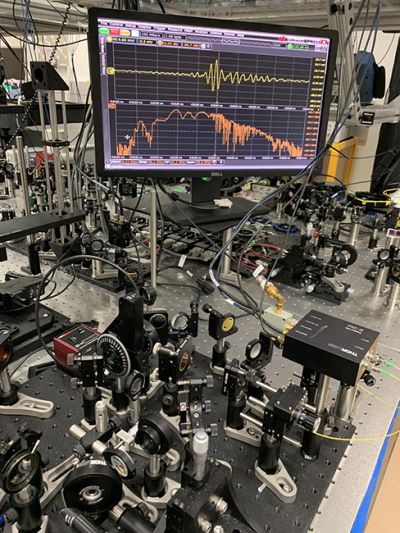
Researchers at the National Institute of Standards and Technology (NIST) and collaborators have demonstrated a compact frequency-comb apparatus that rapidly measures the entire infrared wavelength region and occupies just a few square feet of table space.
Optical frequency combs measure exact frequencies of light. Various comb designs have enabled the development of next-generation atomic clocks and show promise for environmental applications such as detecting methane leaks. Biological applications have been slower to develop, in part because it has been hard to directly generate and measure the relevant infrared light. To showcase biological applications, the NIST team used the new apparatus to measure spectra of NIST’s monoclonal antibody reference material, a protein made of more than 20,000 atoms that is used by the biopharmaceutical industry to ensure the quality of treatments.
“For the first time our frequency combs have simultaneous coverage across the entire infrared molecular fingerprint region”, project leader Scott Diddams said. “Other key advantages are speed, resolution and dynamic range in acquiring data.”
Mid-infrared light is an especially useful research probe because molecules usually rotate and vibrate at these frequencies. But until now it has been difficult to probe this region due to a lack of broadband or tuneable light sources and efficient detectors such as those available for visible and near infrared light. The new NIST apparatus overcomes these problems. Simple fibre lasers generate light spanning the entire range from 3 µm to 27 µm (frequencies of approximately 10–100 THz). The new system is innovative in detecting the electric fields of the absorbed light using photodiodes (light detectors) operating in the near infrared range.
“A unique feature is that we detect signals in real time by rapidly sampling the infrared electric field with a near infrared laser”, Diddams explained. “This has two advantages: It shifts the detection from the infrared to the near infrared where we can use inexpensive telecommunications photodiodes, and we no longer suffer from the limitations of infrared detectors, which require cryogenic (liquid nitrogen) cooling.”
The researchers detected signature vibrations of three bands of amides in the monoclonal antibody reference material. Amide bands in proteins are used to determine the folding, unfolding and aggregating mechanisms. Specific features of the detected bands indicated that the protein has a sheet structure, agreeing with previous studies.
In addition to biological applications, the new apparatus might be used to detect interactions between infrared light and condensed matter for quantum computing approaches that store data in molecular vibrations or rotations. In addition, when combined with novel imaging techniques, the tabletop system could obtain nm-scale images of samples that currently require the use of a much larger synchrotron facility. The work is described in Science Advances.









